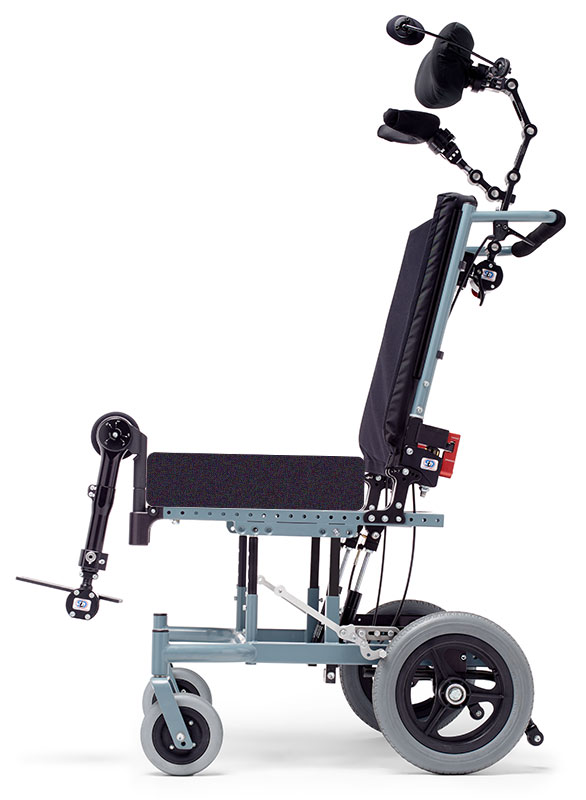The Importance of Movement for All
Michelle L. Lange, OTR/L, ATP/SMS – Updated 2/7/2024
We Need to Move
Movement is normal. We are born moving and continue to do so our entire life. Our bodies are designed to move – it is actually easier to move than to stay still! When movement is prevented or restricted, we experience negative physiological effects. Movement is a good thing, however many of us are not moving enough.
Most of us spend too much time sitting, whether for our job or just hanging out and watching TV. Research has demonstrated that prolonged sitting has many negative health consequences, including increased stress on the tissues and systems of the body, pain, fatigue, and decreased productivity. In the United States, the average adult sits for 9.5 hours a day (Matthews, et al., 2021)! This sedentary lifestyle can also increase heart disease risk and even shorten life span. Many employers are providing incentives for employees to exercise, as well as to spend more of their day standing during work.

Wheelchair Sitting is…Sedentary!
Many wheelchair users sit for the majority of their waking hours. Even if the client uses a stationary stander to maintain a standing posture, use of this technology represents just a fraction of the day. Just as movement is important and healthy for everyone, movement is also important for people using wheelchairs. Movement is sometimes provided in a power wheelchair through seating functions such as tilt, recline, elevating legrests, seat elevation, and standers. Tilt and seat elevation do not actually cause movement of the client’s body parts in relation to one another, as the seated angles do not change. While some of these features are available on manual wheelchairs, the client is typically dependent on others to activate this movement. Depending on the individual and the required seating system, the client may not move very much within that seated position.
Research has clearly demonstrated a link between lack of movement and pain in wheelchair users (see https://www.seatingdynamics.com/2018/07/10/comfort-vs-pain-in-funding-documentation and https://www.seatingdynamics.com/wp-content/uploads/2019/01/Seating-Dynamics-Pain-In-People-Using-Wheelchairs-2019.pdf). Movement generally prevents and reduces pain.
Microbreaks, an important, if small movement
Research has shown that “microbreaks” are very important. Microbreaks are small breaks from a static position and are more effective than several larger breaks (Radwan, et al., 2022). Most of us ‘wiggle’ our way through the day. We wiggle for comfort, to remain alert, and simply because it takes biomechanical effort to sit still.
If a wheelchair user can change position periodically through transferring to a stander or utilizing power seat functions, that is certainly beneficial. Microbreaks for a wheelchair user are smaller, more frequent movements. Some clients will be able to ‘wiggle’ within their seating system. For those who cannot, Dynamic Seating can provide movement in response to client forces. Dependent on the force exerted, the Dynamic Back, Dynamic Footrests, and/or Dynamic Head Support hardware will move a corresponding distance. Many people using Dynamic Seating can be observed to move frequently, though with small movements. That same person may occasionally demonstrate larger movements during the day, as well. The client is essentially taking microbreaks.
Movement is important and healthy for all of us. Let’s not forget that movement within the seating system is a valid wheelchair seating goal!
Check out our Quick Class video on Allowing Movement
References:
Matthews, C. E., Carlson, S. A., Saint-Maurice, P. F., Patel, S., Salerno, E., Loftfield, E., … & Berrigan, D. (2021). Sedentary Behavior in United States Adults: Fall 2019. Medicine and science in sports and exercise, 53(12), 2512.
Radwan, A., Barnes, L., DeResh, R., Englund, C., & Gribanoff, S. (2022). Effects of active microbreaks on the physical and mental well-being of office workers: A systematic review. Cogent Engineering, 9(1), 2026206.
